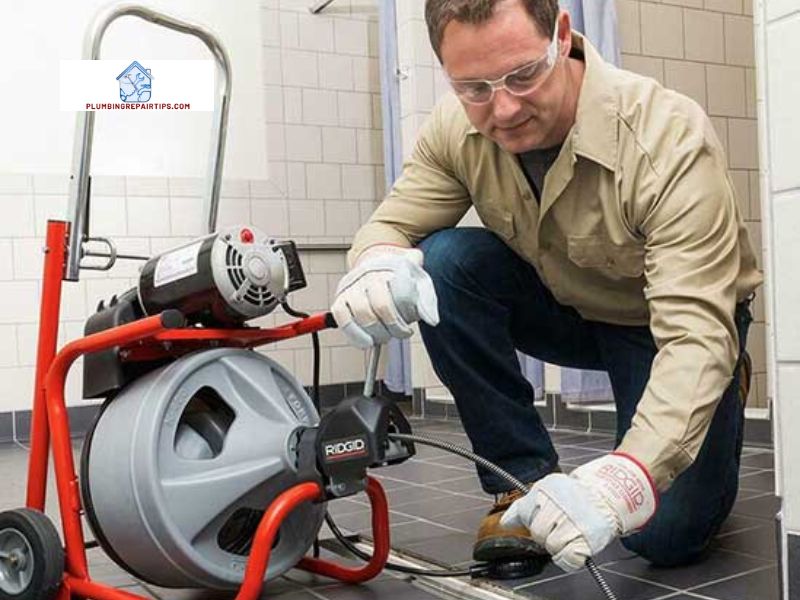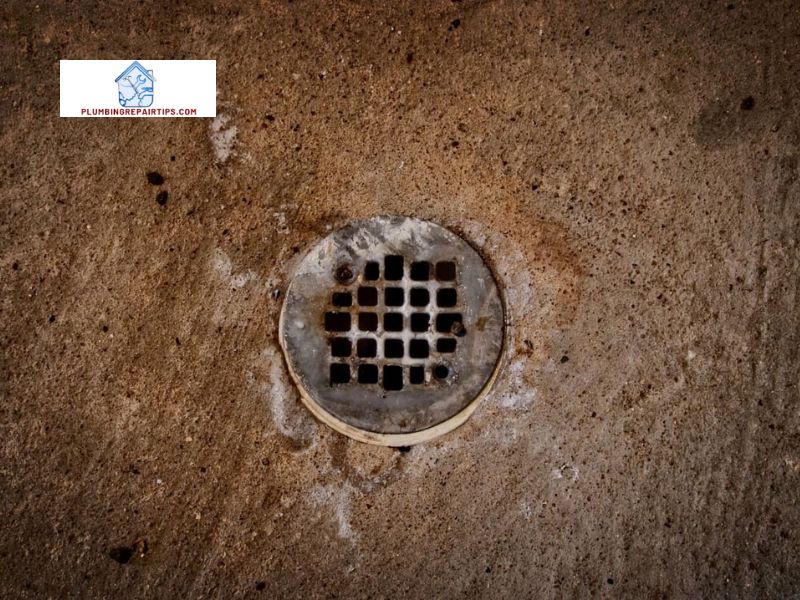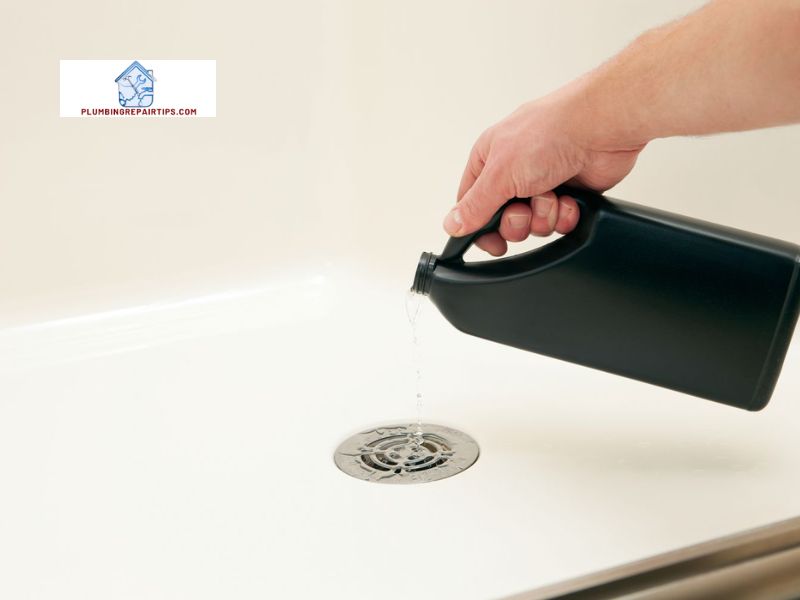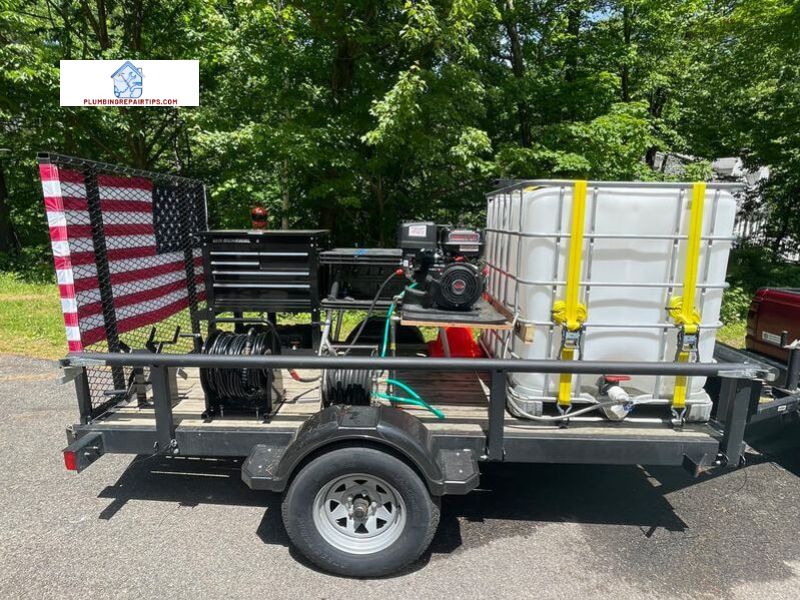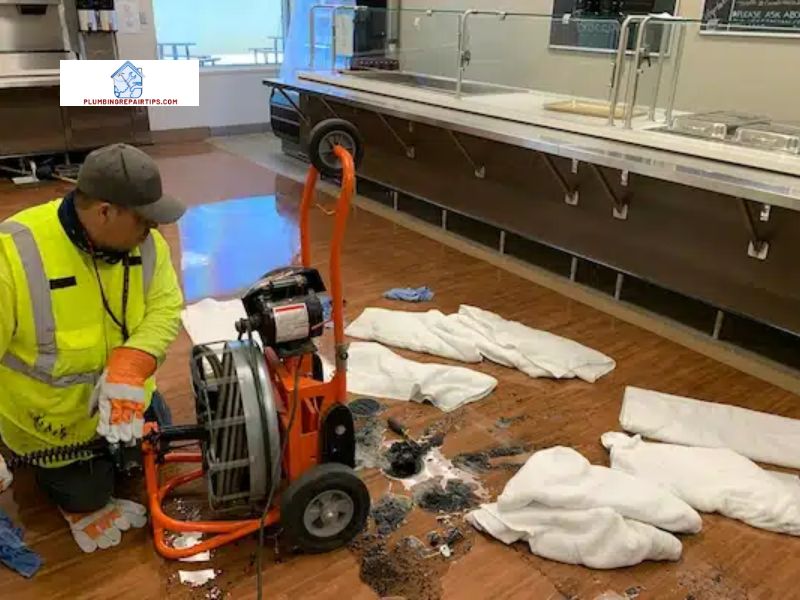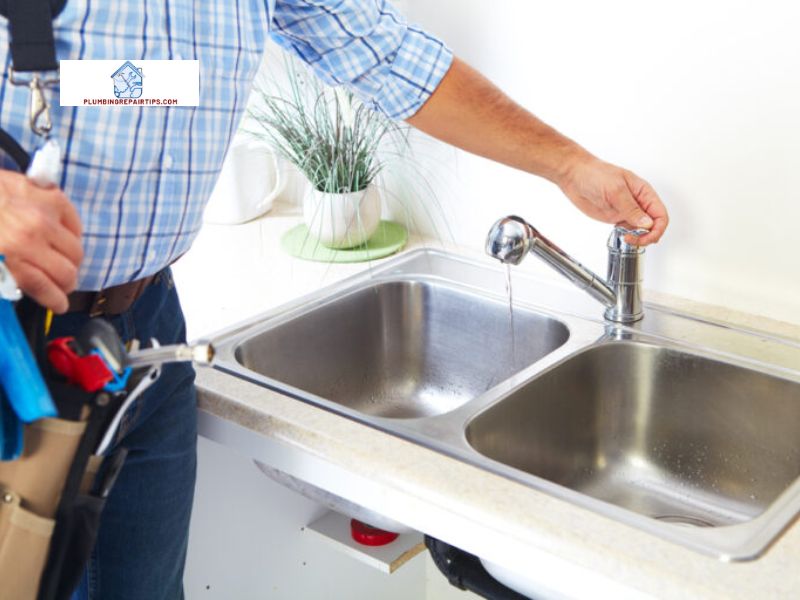Have you ever noticed a sticky film or cloudy appearance on your dishes and glassware after washing them? If so, you may be dealing with a common kitchen nuisance known as dish soap residue. In this article, plumbingrepairtips.com will delve into the definition of dish soap residue and why it’s crucial to address this issue promptly.
A. Definition of Dish Soap Residue
Dish soap residue refers to the thin layer of soap film left behind on dishes, utensils, and glassware after washing. It occurs when dish soap isn’t thoroughly rinsed off during the washing process. This residue can be sticky, leaving your plates feeling tacky, or it can create a cloudy or hazy appearance on glassware. Not only is it visually unappealing, but it can also impact the taste of your food and beverages.
B. Importance of Addressing Dish Soap Residue
Now, you might be wondering why it’s important to tackle dish soap residue. Well, apart from the obvious aesthetic concerns, there are a few key reasons why you should pay attention to this issue. Firstly, dish soap residue can leave an unpleasant taste on your utensils, affecting the overall dining experience. Nobody wants their food or drink to be tainted by a soapy flavor!
Secondly, dish soap residue can contribute to the deterioration of your glassware. The cloudiness or haziness it causes can be difficult to remove, resulting in a permanent impact on the appearance of your favorite glass items. Lastly, the sticky residue can attract dirt and grime, making it harder to keep your dishes clean in the long run.
In the next sections, we’ll explore the causes of dish soap residue and delve into effective methods to remove and prevent it. Let’s embark on a journey to discover how we can bid farewell to this pesky problem and keep our kitchenware sparkling clean!
Causes of Dish Soap Residue

When it comes to the formation of dish soap residue, several factors come into play. Let’s explore the primary causes and gain a deeper understanding of why this pesky residue occurs.
A. Overusing Dish Soap
Using more dish soap than necessary may seem like a good idea to ensure thorough cleaning, but it can actually contribute to the formation of stubborn residue. Excessive amounts of soap create more suds, which can be challenging to rinse off completely. As a result, a thin film of soap deposits on your dishes, utensils, and glassware, leaving behind that unwanted residue.
B. Using the Wrong Dish Soap
Not all dish soaps are created equal, and using the wrong one can lead to residue buildup. Some dish soaps contain ingredients that are more prone to leaving behind a film, especially if they’re not rinsed off adequately. Additionally, certain dish soaps may not be compatible with your water type, exacerbating the issue of residue formation.
C. Hard Water and Dish Soap Residue
Hard water is notorious for causing numerous problems, and dish soap residue is no exception. Hard water contains mineral deposits, such as calcium and magnesium, which can interact with the soap and leave behind a film on your dishes. This interaction makes rinsing off the soap more challenging, resulting in a noticeable residue. If you live in an area with hard water, you may find that dish soap residue is a common occurrence.
Understanding these causes gives us insight into how we can effectively combat dish soap residue. In the following sections, we’ll explore practical methods to remove residue and prevent its formation, ensuring that your dishes and glassware remain spotless and free from any unsightly film. Let’s dive in!
Effects of Dish Soap Residue
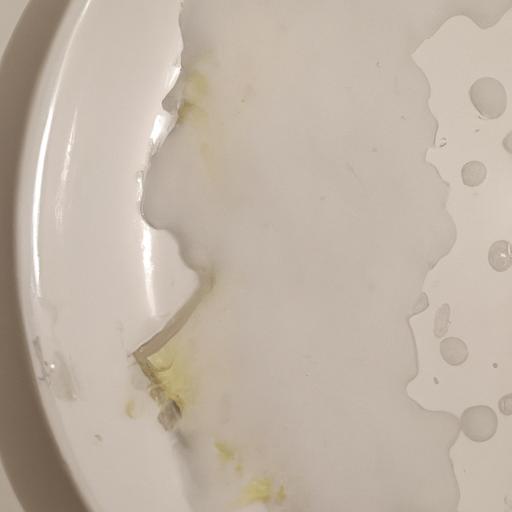
When dish soap residue is left unchecked, it can have several undesirable effects on your kitchenware and overall dining experience. Let’s explore these effects in detail:
A. Tacky or Sticky Dishes
One of the most noticeable effects of dish soap residue is the sticky or tacky feeling it leaves on your dishes. Instead of the clean and smooth texture you expect, your plates and utensils may feel slightly greasy or clingy. This can be quite off-putting, especially when you’re trying to enjoy a meal. Nobody wants their food to be accompanied by a sticky sensation!
B. Cloudy or Hazy Glassware
If you’ve ever wondered why your glassware appears cloudy or hazy even after washing, dish soap residue may be the culprit. The thin film of soap left behind can create a dull and unclear appearance on your glasses, making them look less appealing. This effect is particularly noticeable on glassware with intricate designs or patterns. You deserve to enjoy your favorite beverages in crystal-clear glasses!
C. Unpleasant Taste on Utensils
Imagine sitting down for a delicious meal, only to find that your utensils have an unpleasant soapy taste. This is another consequence of dish soap residue. When the residue isn’t thoroughly rinsed off, it can contaminate your utensils and leave behind a lingering flavor that alters the taste of your food. It’s certainly not the flavor you intended, and it can diminish the enjoyment of your culinary creations.
Now that we understand the effects of dish soap residue, it’s time to explore effective methods to remove and prevent it. In the following sections, we’ll delve into practical techniques and tips that will help you bid farewell to dish soap residue and ensure your kitchenware remains clean and pristine.
How to Remove Dish Soap Residue
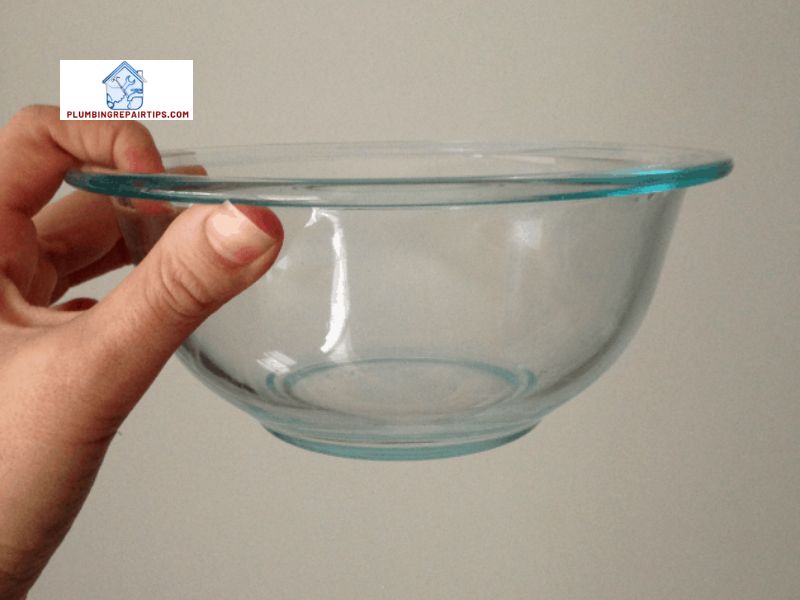
When it comes to tackling dish soap residue, following proper dishwashing techniques is the first step towards a spotless outcome. By incorporating a few simple practices into your routine, you can minimize the chances of residue buildup.
A. Proper Dishwashing Techniques
- Rinse Dishes Thoroughly: Before loading your dishes into the dishwasher or washing them by hand, make sure to give them a thorough rinse. This step helps remove any excess soap, ensuring a clean and residue-free result.
- Use the Correct Amount of Dish Soap: It’s easy to go overboard with dish soap, thinking that more is better. However, using too much can leave behind stubborn residue. Follow the manufacturer’s guidelines and use the recommended amount of dish soap for each load.
B. Vinegar Rinse Method
One tried-and-true method for removing dish soap residue is the vinegar rinse. Vinegar, a natural cleaning agent, helps break down the soap film, leaving your dishes squeaky clean.
To try this method, simply fill a basin or sink with equal parts water and white vinegar. Submerge your dishes, making sure the solution covers the affected areas. Allow them to soak for about 15-30 minutes, then give them a thorough rinse with clean water. The vinegar will effectively neutralize the soap residue, leaving your dishes sparkling and residue-free.
C. Baking Soda Scrub
Another effective solution for tackling dish soap residue is baking soda. This versatile household staple works as a gentle abrasive, helping to scrub away the sticky film without damaging your dishes.
To use baking soda, create a paste by mixing it with a small amount of water. Apply the paste to a sponge or cloth and gently scrub the affected areas. Rinse the dishes thoroughly afterward to remove any leftover residue. Baking soda’s natural cleaning properties will leave your dishes looking and feeling fresh.
D. Lemon Juice Solution
If you prefer a natural and aromatic approach, lemon juice can come to the rescue. Lemon juice contains citric acid, which helps cut through grease and dissolve soap residue.
To use this method, squeeze the juice of a lemon into a bowl and dilute it with an equal amount of water. Dip a cloth or sponge into the solution and wipe down your dishes, focusing on the areas with residue. Rinse the dishes thoroughly with water to remove any remaining lemon juice. The refreshing scent of lemon will leave your dishes smelling delightful.
By employing these effective techniques, you can bid farewell to dish soap residue and enjoy spotlessly clean kitchenware. In the next section, we’ll explore preventative measures to help minimize the occurrence of residue buildup.
Conclusion
In conclusion, dealing with dish soap residue is a necessary task to ensure clean and hygienic kitchenware. By understanding the causes and effects of dish soap residue, as well as implementing effective removal and prevention techniques, you can maintain sparkling dishes and glassware.
We explored how dish soap residue can leave a tacky or sticky film on your dishes, create a cloudy appearance on glassware, and even affect the taste of your food and beverages. However, armed with the right knowledge and tools, you can easily combat this issue.
To remove dish soap residue, it’s important to follow proper dishwashing techniques such as thorough rinsing and using the correct amount of dish soap. Additionally, you can try the vinegar rinse method, a baking soda scrub, or a lemon juice solution to tackle stubborn residue.
Prevention is key, and using the appropriate dish soap for your specific needs is vital. Consider opting for a soap specifically formulated for dishwashing, as it will be designed to rinse off more easily. Softening hard water can also help reduce the chances of residue buildup. Lastly, avoid overusing dish soap, as using more than necessary does not equate to cleaner dishes and can lead to more residue.
By incorporating these prevention techniques into your dishwashing routine, you can minimize the occurrence of dish soap residue and enjoy spotless, sparkling kitchenware.
Remember, maintaining a clean and pleasant kitchen environment is essential for a positive dining experience. So, take action today and bid farewell to dish soap residue for good!
